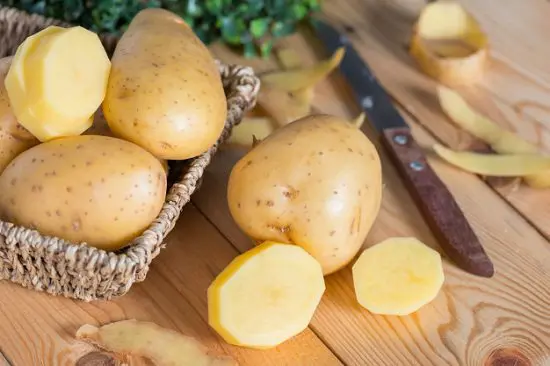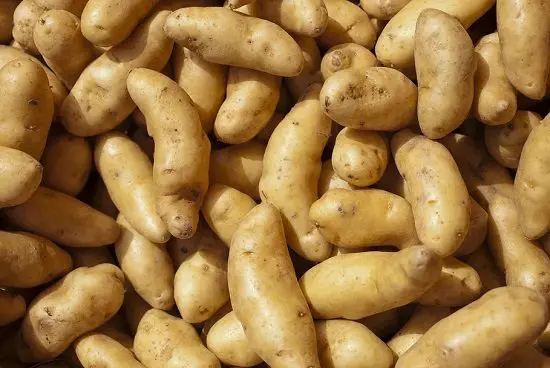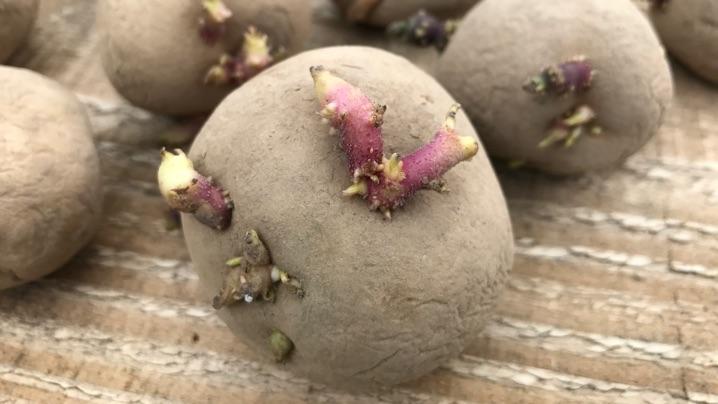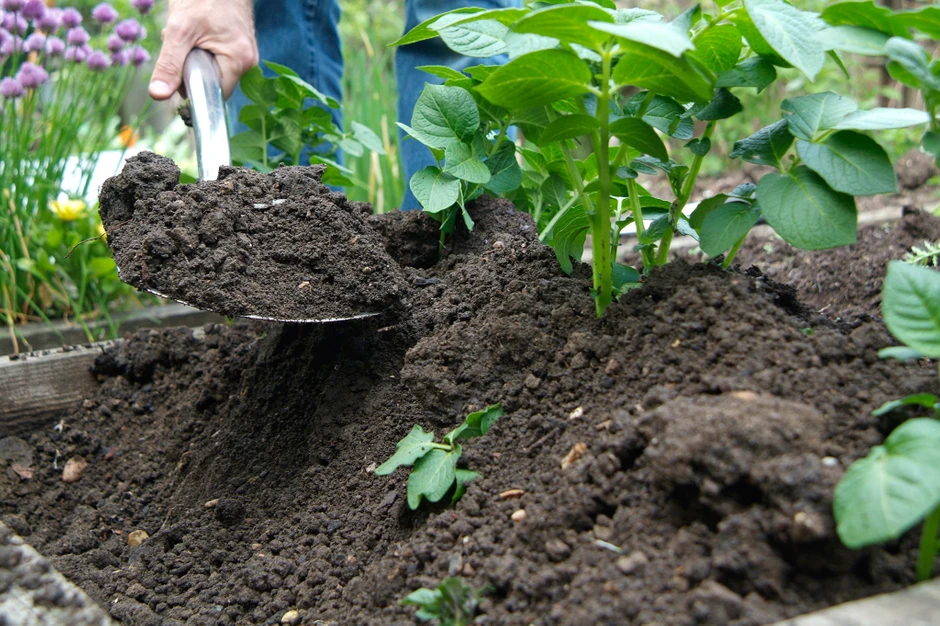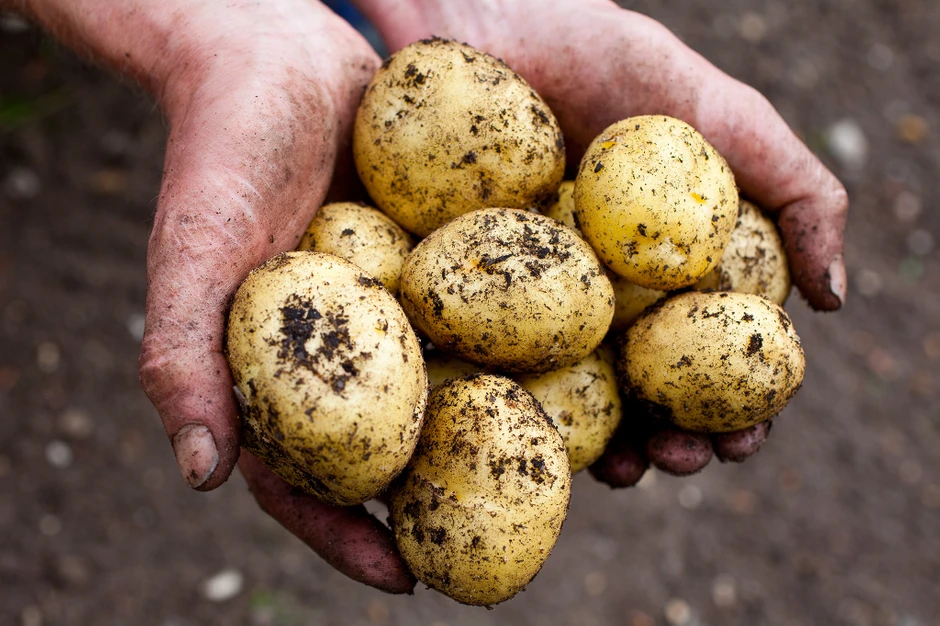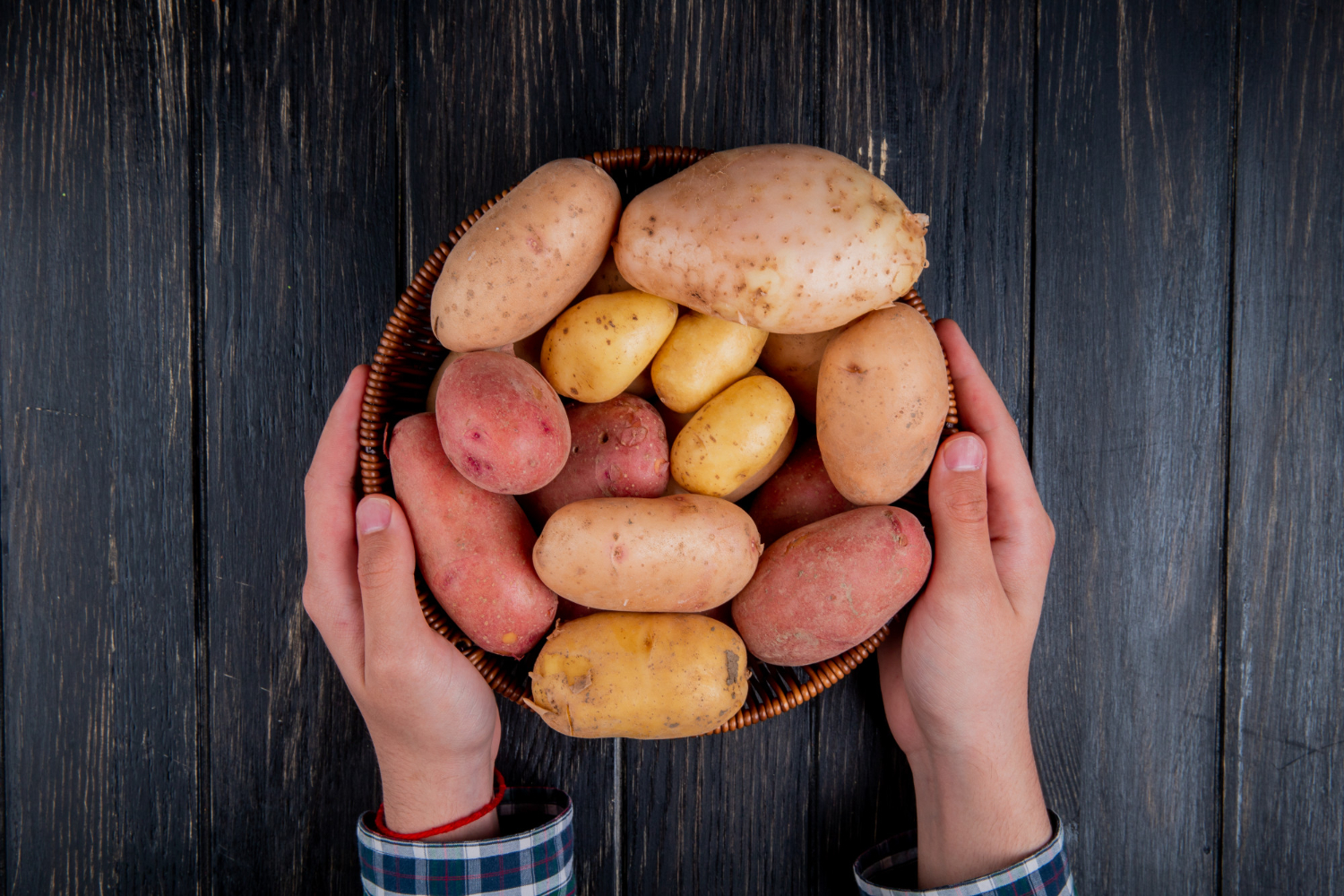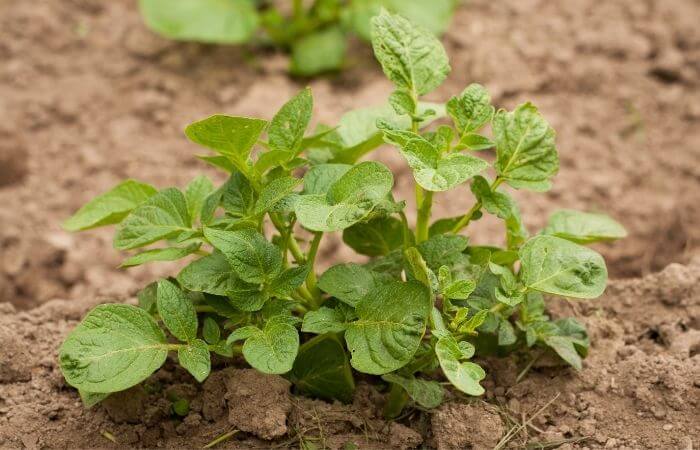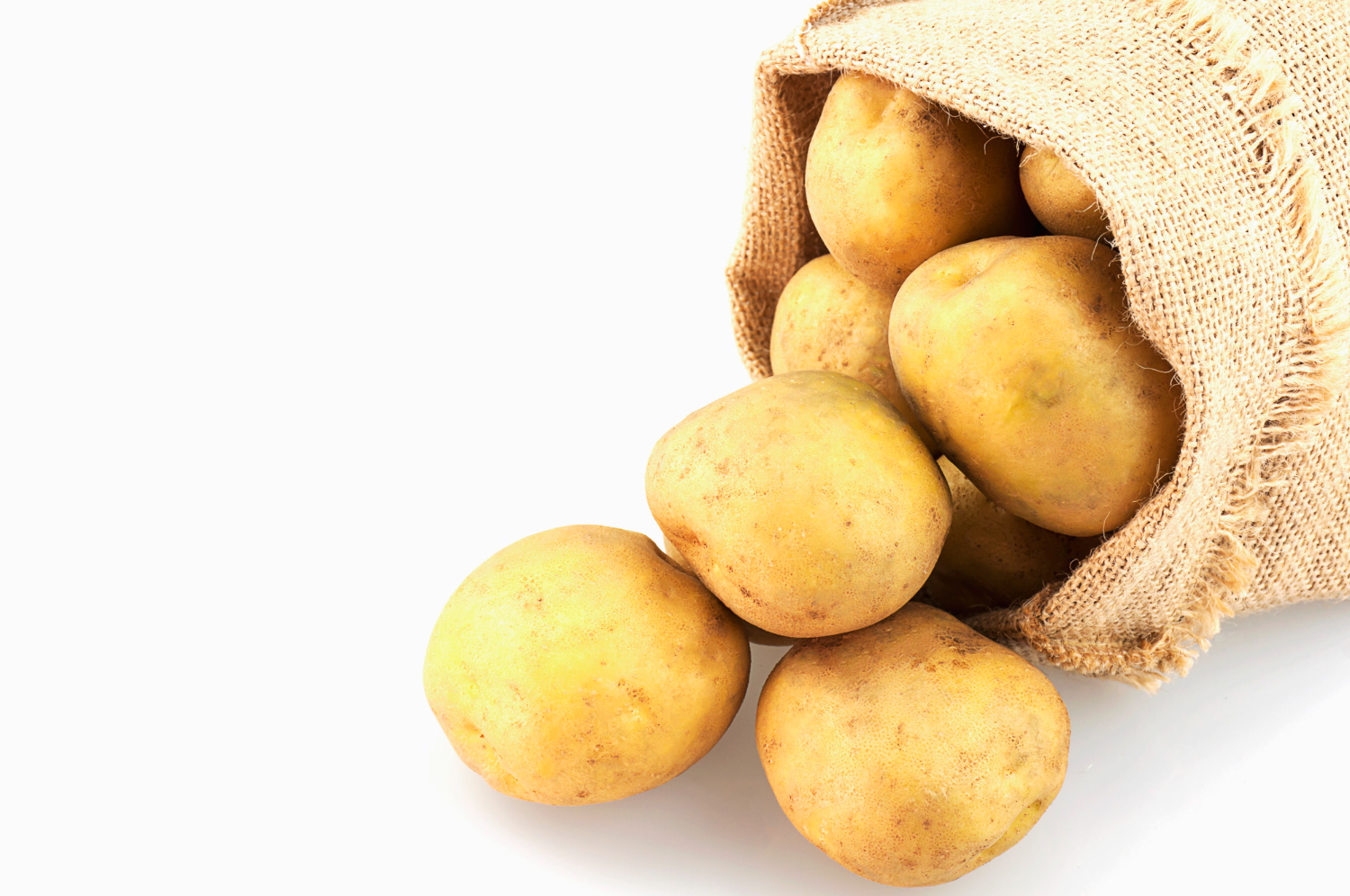
When To Plant
Potatoes are cool weather crops and can be planted in the early spring as soon as the soil is workable. Although they like cool temperatures, they do not like freezing temperatures. Plant them as soon as the soil reaches 45 degrees Fahrenheit, or two to three weeks before your last frost date. Potato plants can tolerate a light frost, but you will need to cover the plants with some protection if your area gets a late-season heavy frost.
